Exciting Dota2 PGL Wallachia Season 6 Tournament: Format, Dates and Massive Prize Pool
A complete, expert preview of dota2 PGL Wallachia Season 6—from format and qualifiers to venue, schedule, and storylines shaping Bucharest’s $1,000,000 showdown.
Primary reference for this overview: Liquipedia – PGL Wallachia Season 6. The facts below are compiled and structured for readers seeking a professional, blog-style guide to dota2 PGL Wallachia Season 6.
Quick Facts (Official Listing)
- Series: PGL Wallachia
- Organizer: PGL
- Server: Europe West (tournament listing)
- Type: Offline (LAN)
- Location: Bucharest, Romania
- Venue: PGL Studio
- Prize Pool: $1,000,000 USD
- Start Date: November 15, 2025 (ends November 23, 2025)
- Game: Dota 2
- Teams: 16
- Participants: 16 teams in total (11 direct invites + 5 regional qualifier winners)
These essentials set the stage. However, to understand why dota2 PGL Wallachia Season 6 matters, we also need the competitive scaffolding—the swiss format choices, the double-elimination playoff bracket, and the path teams are taking through regional qualifiers.
Format: Swiss Into Double-Elimination
Structurally, dota2 PGL Wallachia Season 6 uses a modified sixteen-team swiss stage in which every match is best-of-three. Notably, the top eight advance to playoffs while the remainder exit after the groups. In the second phase, the event shifts into a traditional double-elimination playoff bracket, culminating with a best-of-five Grand Final. Consequently, teams must demonstrate consistency across multiple series, not just in isolated upsets, which typically rewards disciplined drafting and flexible role swaps.
Because seeding within swiss determines subsequent pairings, early-round match preparation is critical. Therefore, expect well-rehearsed scripts on signature heroes, targeted bans to deny comfort picks, and staggered power spikes around key patches—especially given the qualifier meta (7.39d–7.39e) feeding directly into Bucharest.
Road to Bucharest: How The 16 Slots Fill
To populate the field, dota2 PGL Wallachia Season 6 blends invitations with regional merit. According to the listing, 11 teams receive direct invites, while five additional teams emerge from closed qualifiers across Western Europe, Eastern Europe, China, Americas, and Southeast Asia. Thus, the final composition reflects both established pedigree and regional momentum. It also means the swiss stage will present style clashes: European macro discipline meeting SEA skirmish tempo, or China’s laning fundamentals facing off against Americas’ drafting gambits.
Furthermore, each regional qualifier is tuned to local infrastructure. For example, WEU lists Europe West servers, EEU centers around Stockholm nodes for competitive parity, the Americas balance US East and Peru, SEA leans on Singapore, and China alternates between Zhejiang and Guangdong. Although the main event is offline, these server choices shape the form teams bring into dota2 PGL Wallachia Season 6.
Why This Season Matters
Beyond its million-dollar purse, dota2 PGL Wallachia Season 6 lands perfectly in the late-year window. Teams have enough tape from the patch cycle to refine identity, yet the field is competitive enough that a single adaptation—say, re-prioritizing aura timings or pivoting from illusion strategies to burst mid games—can alter the bracket. Moreover, the LAN environment at PGL Studio typically produces higher-fidelity teamplay: tighter smokes, crisper counter-initiations, and cleaner objective trades. As a result, Bucharest often serves as a bellwether for how the next patch will be solved at the top level.
Storylines To Watch
1) Swiss Precision vs. Playoff Chaos
Swiss rewards breadth; playoffs reward depth. Teams capable of showing multiple opening looks—be it universal offlaners, greedy mid transitions, or sacrificial fives who unlock tempo cores—tend to reach upper-bracket rounds at dota2 PGL Wallachia Season 6. Conversely, one-dimensional squads with linear drafts may peak early but falter once opponents collect enough data to counter-prep.
2) Support Duos Drive Identity
Increasingly, support duos define midgame identity: hard-dispel plus reposition, or pick-off plus vision denial. Therefore, track lane partner synergies and warding habits. If a team cannot manage vision around Roshan in high-tempo patches, their swiss survival becomes tenuous.
3) Offlaner Flexibility On Display
Because swiss pairings escalate in difficulty with every win, a flexible offlane pool—capable of swinging between aura carriers, initiators, and lane bullies—confers a massive advantage. Consequently, offlaners who can sponge pressure and still translate net-worth efficiently into teamfight value will headline dota2 PGL Wallachia Season 6.

Inside The Format: How Swiss Shapes Drafting
Swiss systems penalize teams that reveal too much too early. Consequently, the strongest programs at dota2 PGL Wallachia Season 6 will ration pocket strats, hide lane swaps until necessary, and leverage scouting to target opponent comfort picks. Because every series is best-of-three, coaches can test a concept in Game 1, then adjust bands of heroes in Game 2 by shifting priority from hard carry scaling to mid-game pick-off. Therefore, the teams with agile drafting will consistently manufacture 60/40 lanes rather than flipping coins in 50/50s.
Playoffs: Double-Elimination Rewards Composure
Once dota2 PGL Wallachia Season 6 advances to the bracket, the margin for error shrinks. Upper-bracket protection matters; it allows one miss without elimination. Nevertheless, lower-bracket runs are still viable provided the squad maintains stamina—both mechanical and mental. With a best-of-five Grand Final looming, draft stamina becomes a differentiator: do you have five maps’ worth of viable openings without repeating telegraphed ideas?
Broadcast & Studio Environment
PGL’s Bucharest production typically emphasizes visibility of smokes, warding, and fog interactions—details that casual feeds sometimes miss. Hence, viewers can expect minimap discipline and tighter replay packages that unpack clutch moments: delayed Black Holes, reset kites with Force/Glimer saves, and multi-buyback base holds. In short, the LAN vantage point should make dota2 PGL Wallachia Season 6 particularly instructive for students of macro play.
Schedule & Venue Notes
With action scheduled from November 15–23, dota2 PGL Wallachia Season 6 will pack eight swiss advancement spots into the first half of the week, then turn to playoffs as the weekend approaches. Because the venue is PGL Studio in Bucharest, on-site logistics favor broadcast rhythm: punctual lobby starts, short technical resets, and fast desk hand-offs. Consequently, expect brisk series turnover and predictable viewing windows for global audiences.
Patch & Meta Watch: What Carries Over From Qualifiers
Closed qualifiers across regions have already stress-tested the patch family (7.39d–7.39e), which means certain patterns will likely persist into dota2 PGL Wallachia Season 6. If tempo mids keep dictating fights at minute-16 rune contests, teams with stable rune control and smoke discipline will naturally rise. Meanwhile, if offlane auras re-assert dominance, safe-lane sustainability and draft insurance (i.e., support dispels) become non-negotiable.
Teams, Seeding & Competitive Balance
The invited majority suggests a strong seed spine, yet the five qualifier berths inject volatility. Put simply: unknown scrim looks often create swiss headaches. That’s why dota2 PGL Wallachia Season 6 could produce early-round turbulence before the bracket stabilizes around the usual macro titans.
Furthermore, late-year stamina favors deep benches—coaches, analysts, and positional leads who can recycle ideas without telegraphing intent. Because swiss racks up VOD for rivals quickly, disguising your true late-tournament identity is often the hidden art of Bucharest.
Prize Pool Distribution
At $1,000,000 USD, dota2 PGL Wallachia Season 6 meaningfully rewards bracket progress. The listed distribution earmarks $300,000 for the champion and $175,000 for the runner-up, with subsequent placements stepping down accordingly. Therefore, every playoff round materially changes the financial outcome, which in turn incentivizes risk-managed drafts—especially in lower-bracket elimination series.
How To Watch Like An Analyst
- Track power runes and how mid rotations convert into side-lane tower pressure.
- Map smoke timings relative to objective windows (Rosh/Outposts). Look for double-smoke sequences.
- Note lane swaps on Game 2 restarts; swiss amplifies adaptation value.
- Watch support TPs: the best duos never over-commit; they hold Teepees for counter-ganks.
By watching this way, you’ll read dota2 PGL Wallachia Season 6 as a chess match rather than a highlight reel.
For additional context on late-season form and qualifier momentum, check our previous analysis: Dota2 Grand Final Qualifier — FISURE Playground. It dovetails with the narratives converging at dota2 PGL Wallachia Season 6.
Event FAQ (At A Glance)
What is the exact event window? November 15–23, 2025. Where is it? PGL Studio, Bucharest, Romania. How many teams? 16. How are they selected? 11 invites plus five regional winners. What’s the format? Modified swiss (Bo3) into double-elimination playoffs (Grand Final Bo5). What’s at stake? $1,000,000 USD and late-year prestige—often a tone-setter for the next cycle.
Final Note
As the final Tier-1 Bucharest stop of the year, dota2 PGL Wallachia Season 6 is more than a headline purse. It is a proving ground for swiss-stage pragmatists and playoff maximalists alike. If you value craft, you will enjoy the drafting cat-and-mouse; if you value grit, you will appreciate lower-bracket resilience. Either way, the winner in Bucharest won’t simply be the flashiest team—it will be the one that reads the patch honestly, understands pressure windows, and executes with LAN-level clarity.


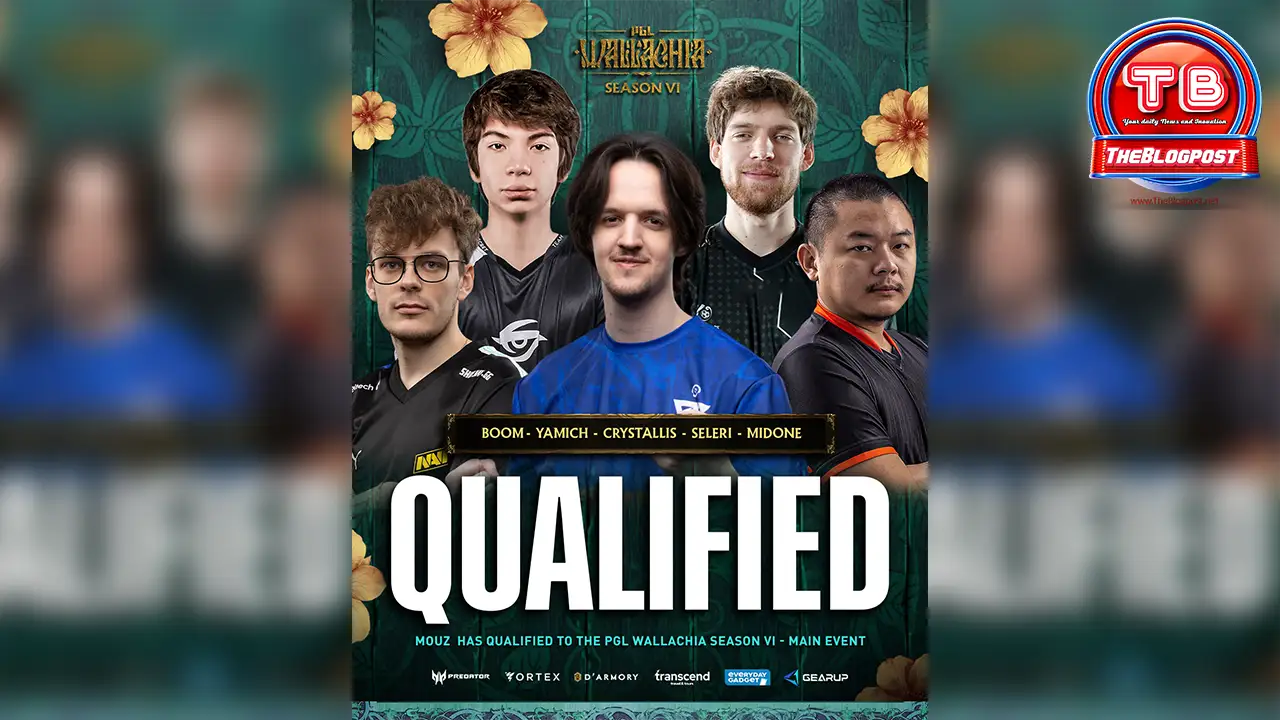
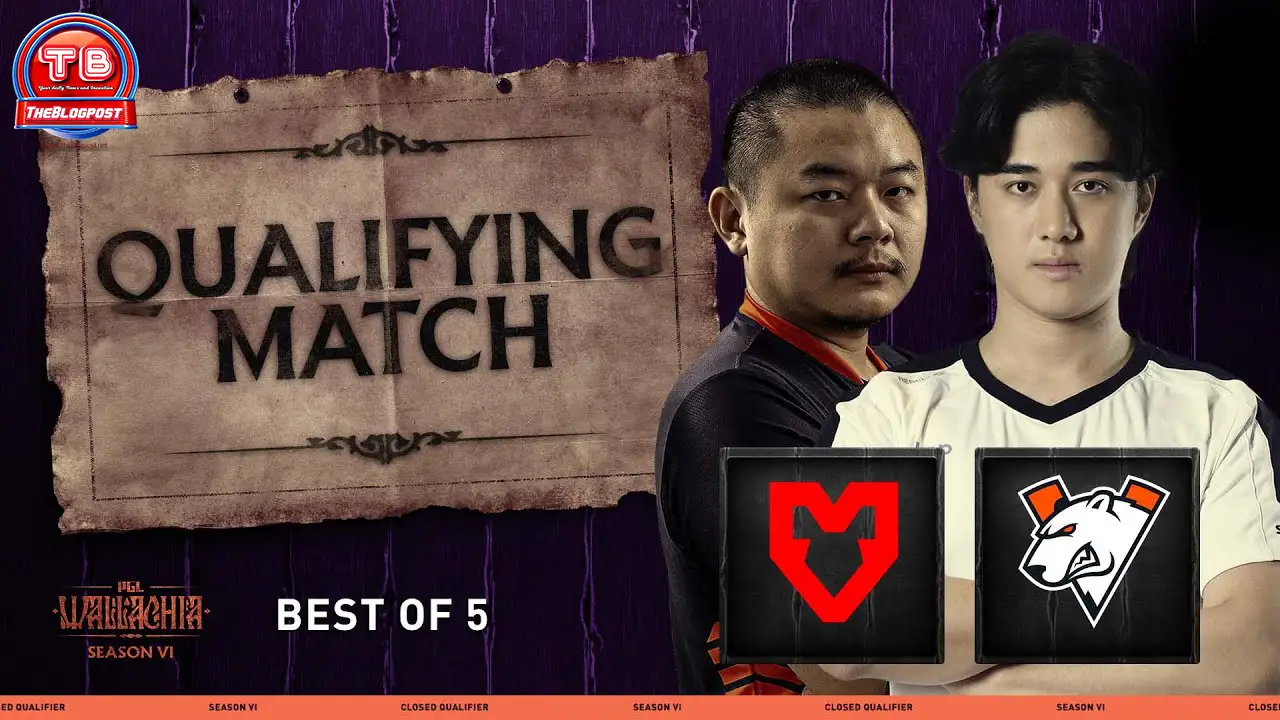

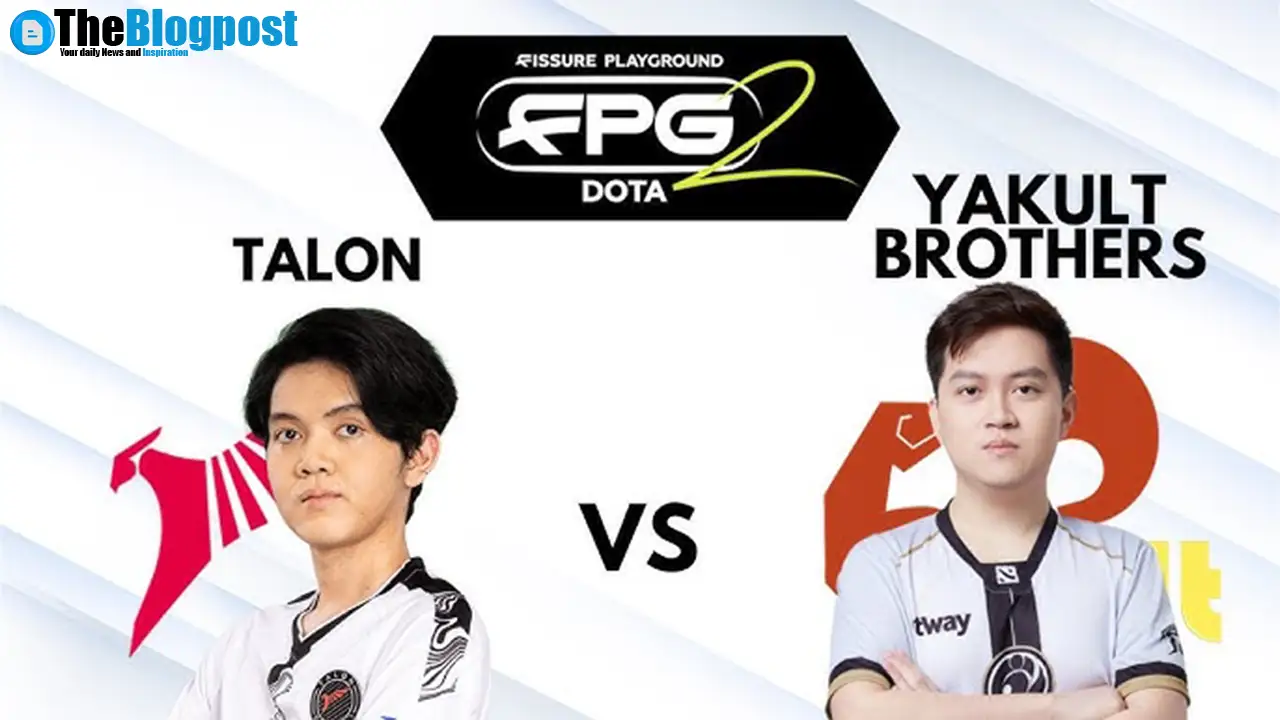





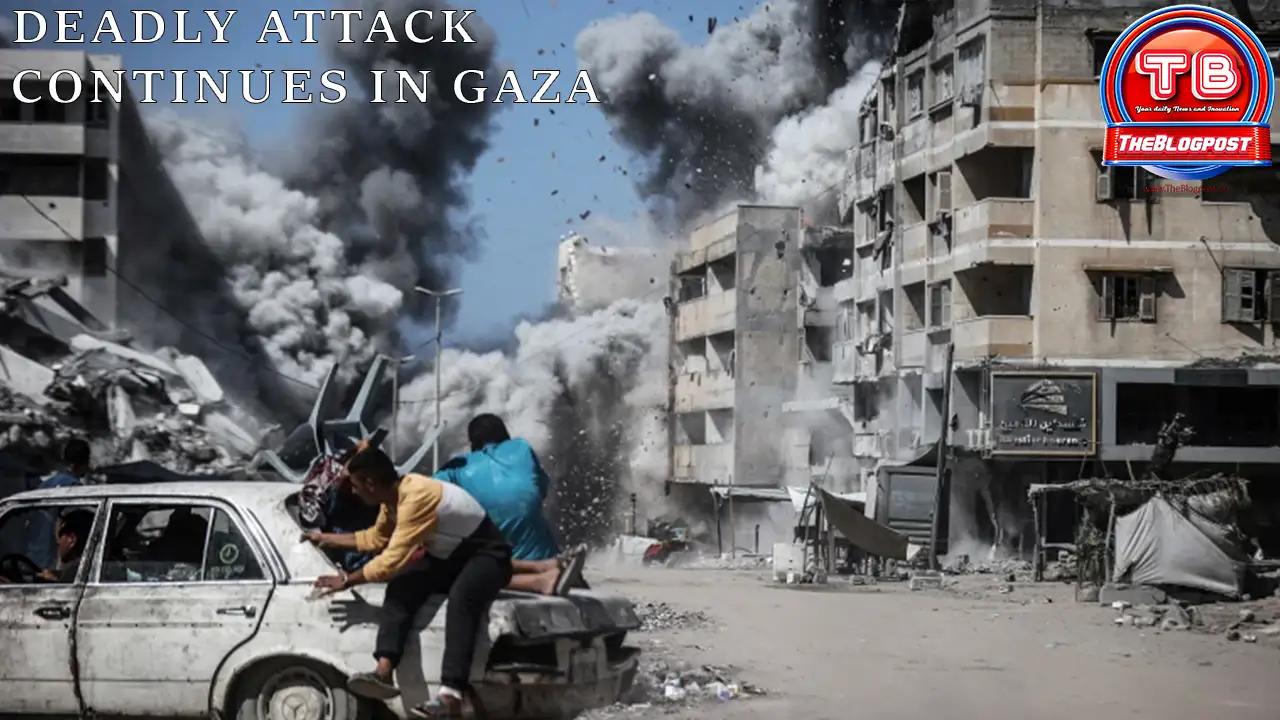
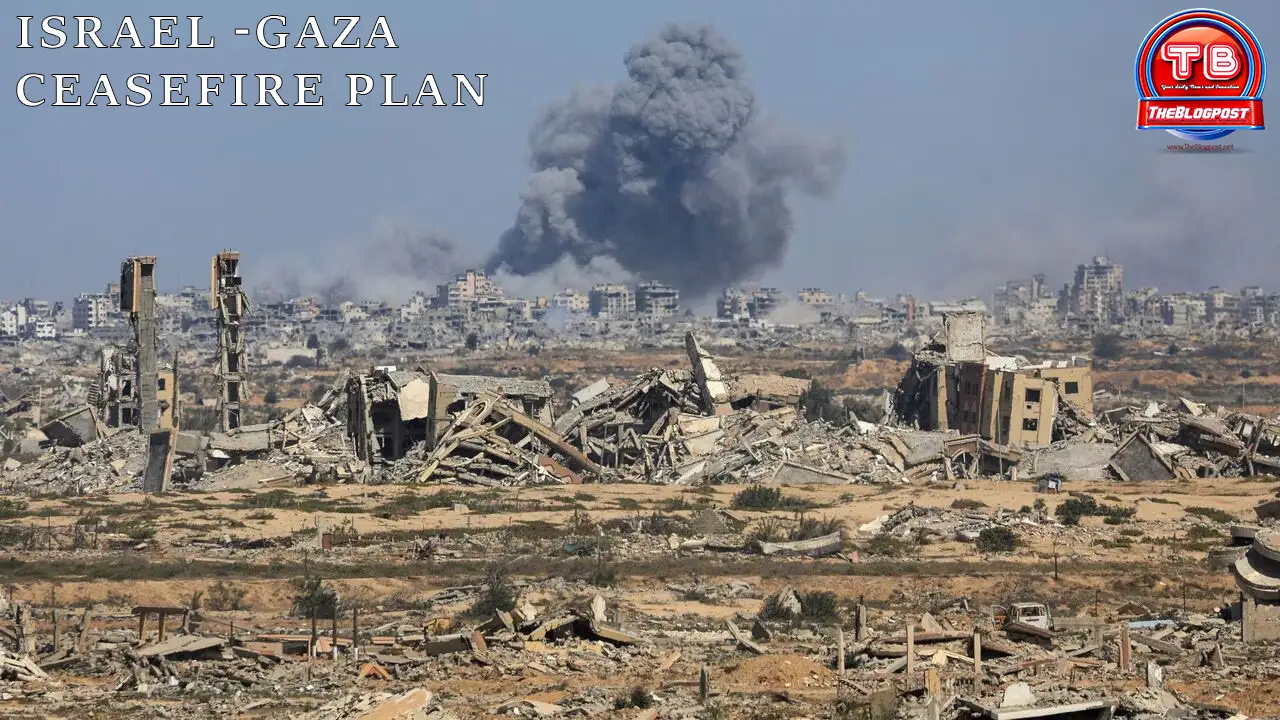

Leave a Reply